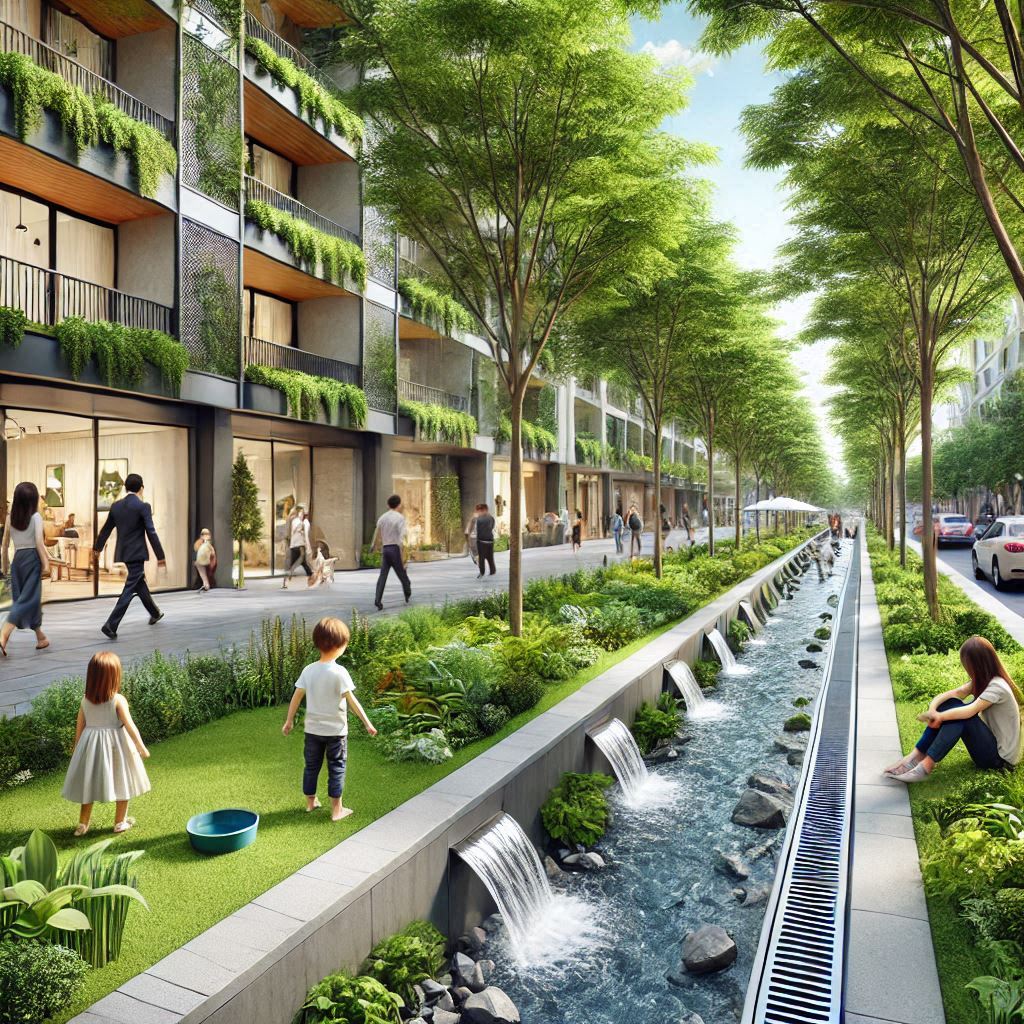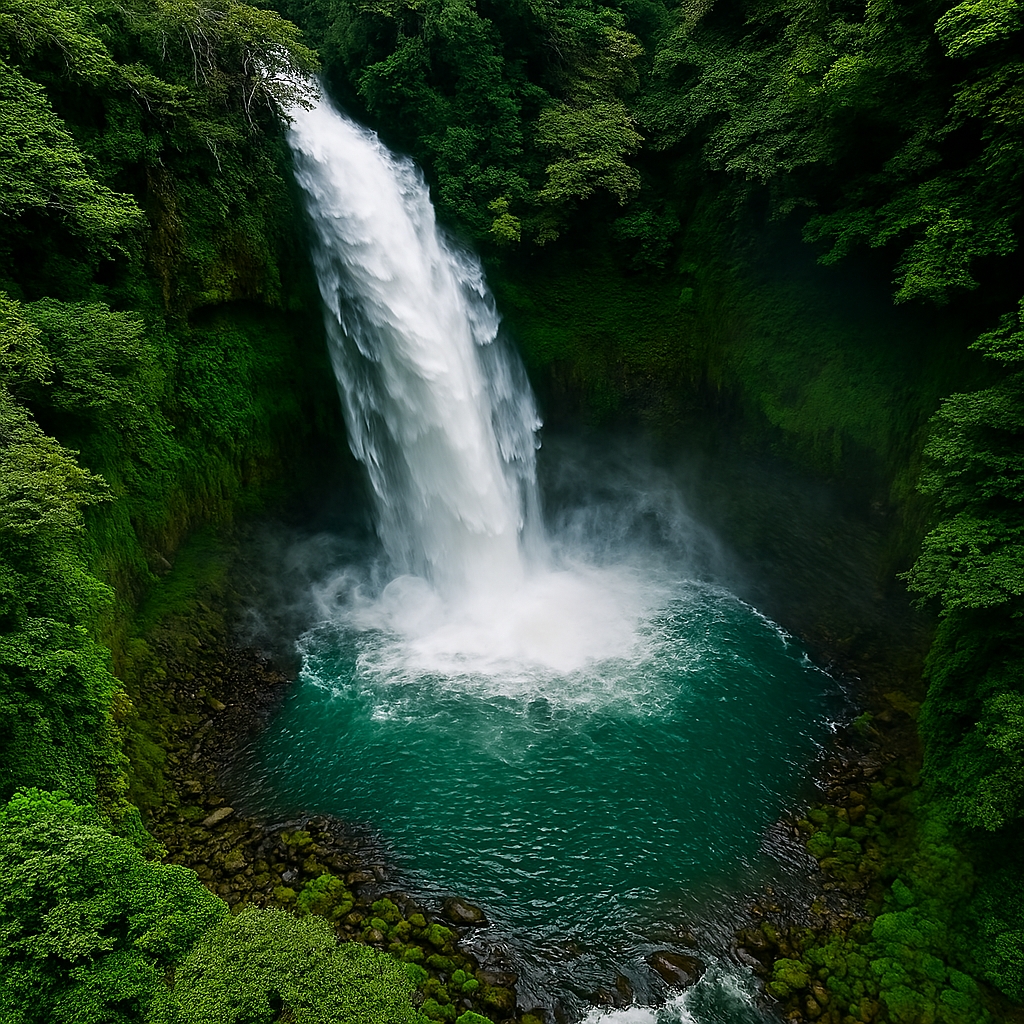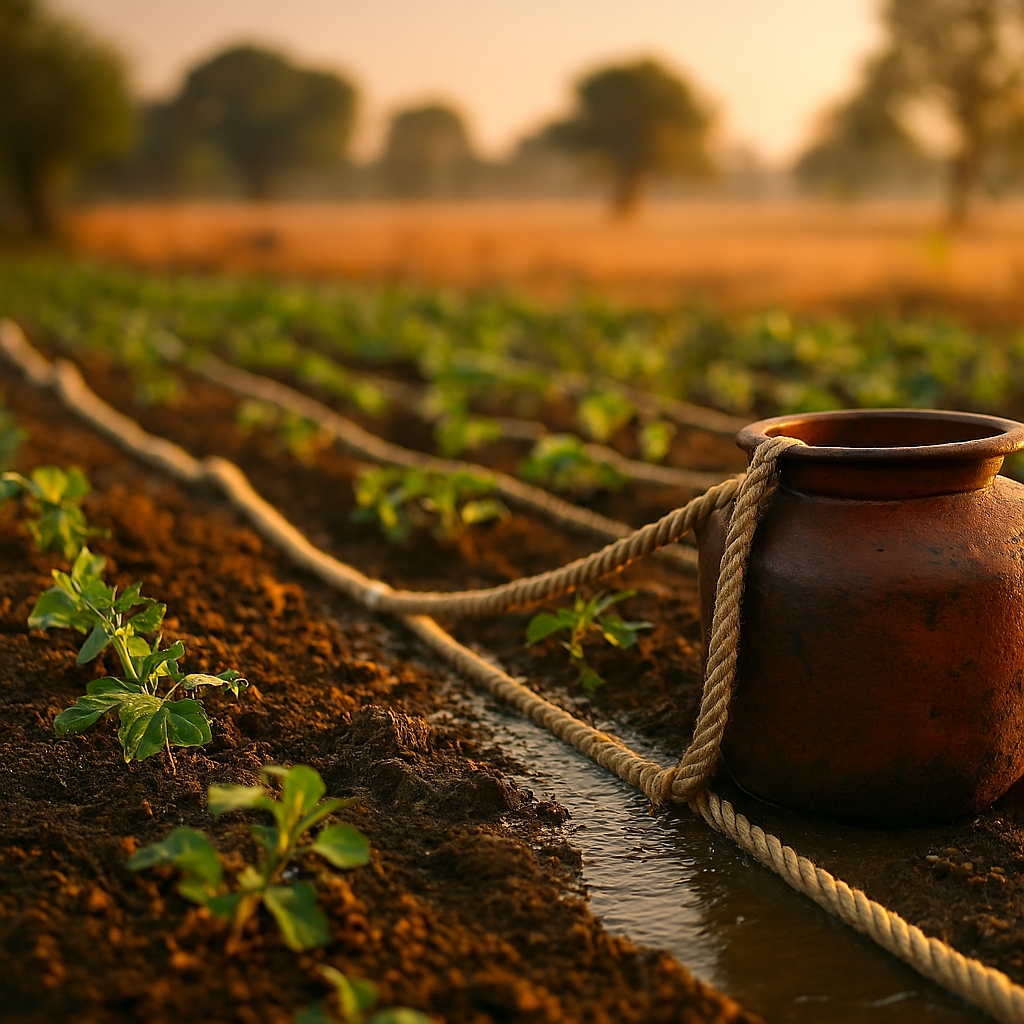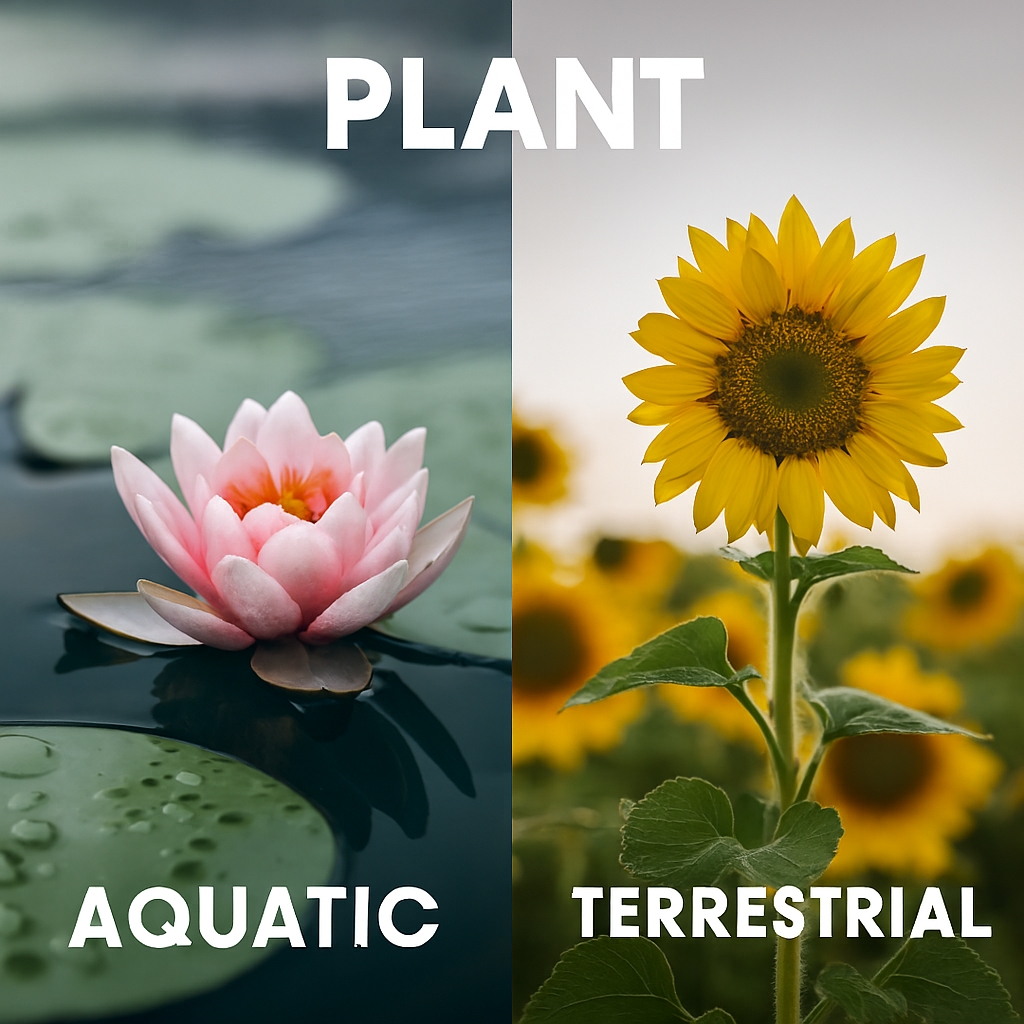Open Storm Water Drains for a Better Environment
Open Storm Water Drains
Urban areas are rapidly expanding, necessitating innovative and sustainable approaches to infrastructure design. One often-overlooked area ripe for improvement is the management of water runoffs and open storm water drains. By integrating plants and ecosystems into these systems, we can significantly enhance environmental quality and urban livability.
The Environmental Impact of Traditional Storm Water Drains
Water Pollution
Conventional storm water drains quickly channel rainwater, along with all its contaminants, directly into natural waterways. This process leads to the accumulation of pollutants such as oils, heavy metals, and litter in our rivers, lakes, and oceans, severely impacting aquatic life and water quality.
Heat Absorption
Traditional storm water drains, often made of concrete, contribute to the urban heat island effect. These materials absorb and retain heat, leading to higher temperatures in urban areas compared to their rural counterparts. This phenomenon exacerbates the adverse effects of climate change on city dwellers.
The Benefits of Green Infrastructure
Enhanced Water Filtration
Incorporating plants and natural filtration systems into storm water drains can greatly improve water quality. Vegetation like grasses, shrubs, and trees can absorb and break down pollutants, ensuring that cleaner water flows into natural water bodies. These green infrastructures, such as bioswales and rain gardens, function as natural filters, effectively reducing urban runoff pollution.
Biodiversity Boost
Adding plants to storm water drains can create small ecosystems that support diverse wildlife. Birds, insects, and small mammals can find habitat and nourishment within these green spaces and natural sounds, promoting urban biodiversity. This not only benefits the environment but also enriches the urban experience for residents.
The Role of Effective Rubbish Traps
Pollution Prevention
Quality rubbish traps are crucial in preventing litter and debris from entering storm water drains and eventually natural water bodies. By capturing plastic waste, leaves, and other pollutants, these traps help protect aquatic ecosystems from harm.
Drainage Efficiency
Rubbish traps also help maintain the efficiency of storm water drains by preventing blockages and ensuring smooth water flow. This reduces the risk of flooding and other water-related issues in urban areas.
Creating Sustainable Urban Landscapes
Integrating Green Corridors
Redesigning storm water drains to include plants and natural ecosystems can lead to the creation of green corridors within cities. These spaces provide recreational areas for residents, enhancing mental and physical well-being. Additionally, they serve as wildlife corridors, allowing animals to move safely through urban areas.
Climate Mitigation
Green storm water infrastructure can mitigate the urban heat island effect by providing shade and cooling through evapotranspiration. Plants absorb sunlight and release water vapor, cooling the surrounding air and creating a more comfortable urban climate.

Community Effectiveness
Cost-Effective Solutions
Implementing green infrastructure in storm water management is not only environmentally beneficial but also cost-effective in the long run. Natural filtration systems can reduce the need for expensive water treatment facilities, and the creation of green spaces can enhance property values and attract investment in urban areas.
Community Engagement
The redesign of storm water drains to include plants and ecosystems can foster community engagement and involvement. Residents can participate in the maintenance and monitoring of these green spaces, promoting a sense of ownership and responsibility for their local environment.
Educational Opportunities
Green infrastructure projects offer valuable educational opportunities for schools and community groups. Students can learn about sustainable practices, the importance of biodiversity, and the role of ecosystems in urban areas through hands-on activities and observation.
can you werite a new section on how this can imrove water quality and environment longterm
Here’s a new section on how redesigning water runoffs and open storm water drains can improve water quality and the environment in the long term:
Long-Term Improvements to Water Quality and the Environment
Sustained Water Quality Enhancement
Implementing green infrastructure, such as ecofilters and plant-integrated storm water drains, provides long-term benefits to water quality:
Continuous Pollutant Removal
As stormwater passes through vegetation and natural filtration layers, pollutants like heavy metals, oils, and sediments are consistently removed. Over time, this reduces the overall pollutant load entering natural water bodies, leading to cleaner rivers, lakes, and oceans. The cumulative effect of continuous filtration helps maintain high water quality levels and supports healthy aquatic ecosystems.
Natural Filtration Processes
The natural filtration processes in green infrastructure systems become more effective over time as plants grow and soil microorganisms flourish. These living components adapt and enhance their pollutant-removal capabilities, ensuring that the water leaving these systems is cleaner than it was initially. This ongoing improvement contributes to sustained water quality.

Pros and Cons
Pros
Improved Water Quality
Plants and natural filtration systems can effectively reduce pollutants in urban runoff.
Enhanced Biodiversity
Green storm water drains provide habitats for various forms of wildlife.
Urban Heat Island Mitigation
Vegetation can help cool urban areas and reduce heat absorption.
Cost Savings
Reduced need for expensive water treatment facilities and increased property values.
Community and Educational Benefits
Opportunities for community engagement and environmental education.
Cons
Initial Costs
The initial investment in redesigning storm water drains can be higher than traditional methods.
Maintenance Requirements
Green infrastructure is a long term idea that requires ongoing maintenance to ensure its effectiveness and longevity just like anything in the world.
Space Constraints
Urban areas with limited space may face challenges in incorporating large green infrastructure projects.
Ecofilters
Enhancing Stormwater Runoff Management
Functionality of Ecofilters
Ecofilters are an innovative approach to managing stormwater runoff by utilizing natural materials and vegetation to filter and treat water. These systems consist of layers of soil, sand, gravel, and plants that work together to remove pollutants from runoff before it reaches natural water bodies.
How Ecofilters Work
Filtration
As stormwater flows through the ecofilter, larger particles and debris are trapped in the upper layers of soil and vegetation.
Absorption
Plants and soil microorganisms absorb and break down harmful chemicals, oils, and heavy metals, reducing the concentration of these pollutants in the water.
Retention
Ecofilters retain water for longer periods, allowing for natural evaporation and infiltration into the groundwater, which helps to reduce the volume of runoff and prevent flooding.
Root Zone Action
The roots of the plants in ecofilters provide a surface for beneficial bacteria to grow, which further helps in breaking down pollutants and improving water quality.
Benefits of Ecofilters in Urban Environments
Ecofilters offer numerous benefits, making them a valuable addition to urban stormwater management systems.
Improved Water Quality
By removing pollutants and sediments from stormwater runoff, ecofilters help to ensure that cleaner water enters natural water bodies. This not only protects aquatic ecosystems but also enhances the overall health of the urban environment.

Flood Mitigation
The retention and gradual release of water by ecofilters help to reduce the risk of flooding in urban areas. By slowing down the flow of stormwater, these systems prevent sudden surges that can overwhelm traditional drainage systems.
Aesthetic Enhancement of Urban Spaces
Ecofilters can significantly beautify urban landscapes by transforming functional stormwater management systems into attractive green spaces.
Integrating Nature into the City
Ecofilters can be designed as aesthetically pleasing features, incorporating a variety of plants, flowers, and even small trees. These green spaces can enhance the visual appeal of streets, parks, and public areas, providing a refreshing contrast to concrete and asphalt surfaces.
Creating Relaxing Environments
The presence of greenery and natural elements in ecofilters can create calming and inviting environments for city residents. These spaces can serve as mini-oases within the urban jungle, offering spots for relaxation, recreation, and connection with nature.
Community Engagement and Pride
Ecofilters can foster a sense of community pride and engagement by involving residents in their design, installation, and maintenance. Community members can take part in planting and caring for these green spaces, creating a shared sense of responsibility and ownership.
Promoting Biodiversity
Ecofilters provide habitats for various forms of wildlife, including birds, insects, and small mammals. By supporting urban biodiversity, these systems contribute to a healthier and more balanced ecosystem within the city.
Conclusion
Redesigning water runoffs and open storm water drains to incorporate plants and ecosystems offers numerous environmental, social, and economic benefits. From improving water quality and enhancing biodiversity to creating sustainable urban landscapes and fostering community engagement, the advantages are clear. By investing in green infrastructure, we can create more resilient, livable, and eco-friendly cities for the future.
Join the Discussion
As we explore innovative ways to improve our urban environments, your insights and opinions are invaluable.
How do you think integrating plants into storm water drains can benefit your local community?
What challenges do you foresee in implementing green infrastructure in urban areas?
Have you seen any successful examples of redesigned storm water systems in your city or others?
How can communities get involved in creating and maintaining these green spaces?













Why We Need to Help the Environment if It is Smarter Than Us
[…] have a unique responsibility to protect and preserve the environment. Our advanced intelligence and technological capabilities give us the power to either destroy or save the […]